Rising Demand for Sustainable Cotton
The increasing consumer preference for sustainable and organic products is driving the Cotton Trade Analysis Market. As awareness of environmental issues grows, brands are seeking to source cotton that meets sustainability standards. In 2025, the demand for organic cotton is projected to rise by approximately 20 percent, reflecting a shift in consumer behavior. This trend compels producers to adopt eco-friendly practices, thereby influencing trade dynamics. The Cotton Trade Analysis Market must adapt to these changing preferences, as retailers and manufacturers prioritize sustainable sourcing. This shift not only impacts pricing but also the overall supply chain, as stakeholders seek certifications and transparency in sourcing. Consequently, the market is likely to see an increase in partnerships between cotton growers and sustainable brands, fostering a more responsible trade environment.
Shifts in Trade Policies and Tariffs
Trade policies and tariffs significantly impact the Cotton Trade Analysis Market, influencing international trade flows. Recent changes in trade agreements and tariff structures can create both opportunities and challenges for cotton exporters and importers. For instance, countries may impose tariffs on imported cotton to protect domestic industries, which can lead to increased prices and altered trade routes. In 2025, it is anticipated that ongoing negotiations and policy adjustments will continue to shape the landscape of cotton trade. Stakeholders in the Cotton Trade Analysis Market must remain vigilant to these developments, as they can affect supply chain strategies and market access. Understanding the implications of trade policies is essential for businesses aiming to navigate the complexities of the international cotton market.
Technological Innovations in Cotton Production
Technological advancements are reshaping the Cotton Trade Analysis Market, enhancing productivity and efficiency. Innovations such as precision agriculture, biotechnology, and data analytics are being increasingly adopted by cotton farmers. These technologies enable better crop management, leading to higher yields and reduced resource consumption. For instance, the use of drones for monitoring crop health and soil conditions is becoming commonplace. In 2025, it is estimated that technology-driven practices could increase cotton yields by up to 15 percent. This surge in productivity not only meets the rising demand but also influences trade patterns, as countries with advanced agricultural technologies gain a competitive edge. The Cotton Trade Analysis Market must therefore consider these technological shifts, as they play a crucial role in shaping future trade dynamics and pricing structures.
Climate Change and Its Impact on Cotton Production
Climate change poses a significant challenge to the Cotton Trade Analysis Market, affecting production patterns and supply stability. Rising temperatures, altered precipitation patterns, and increased frequency of extreme weather events can adversely impact cotton yields. In 2025, it is projected that certain regions may experience a decline in cotton production due to these climatic shifts, potentially leading to supply shortages. This situation compels stakeholders to adapt their strategies, focusing on climate-resilient practices and crop varieties. The Cotton Trade Analysis Market must address these challenges by investing in research and development to enhance resilience against climate impacts. As producers seek to mitigate risks, the overall trade dynamics may shift, influencing pricing and availability in the market.
Emerging Markets and Changing Consumption Patterns
Emerging markets are becoming increasingly influential in the Cotton Trade Analysis Market, as changing consumption patterns reshape demand. Countries with growing middle classes are witnessing a surge in cotton consumption, driven by rising disposable incomes and urbanization. In 2025, it is expected that regions such as Southeast Asia and Africa will see significant increases in cotton demand, potentially altering traditional trade flows. This shift presents opportunities for exporters to tap into new markets, but it also requires an understanding of local preferences and market dynamics. The Cotton Trade Analysis Market must adapt to these evolving consumption patterns, as they can impact pricing strategies and supply chain logistics. Engaging with emerging markets will be crucial for stakeholders aiming to capitalize on the growth potential in the cotton sector.


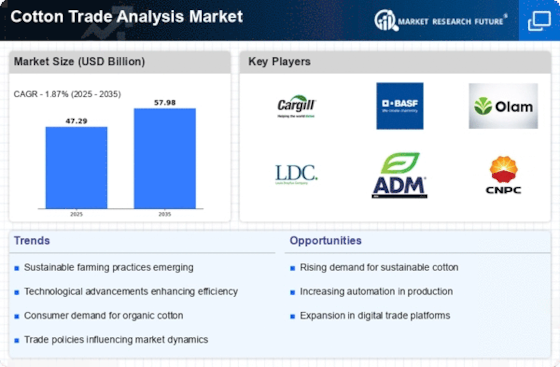

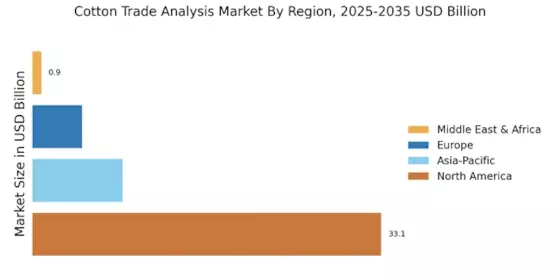
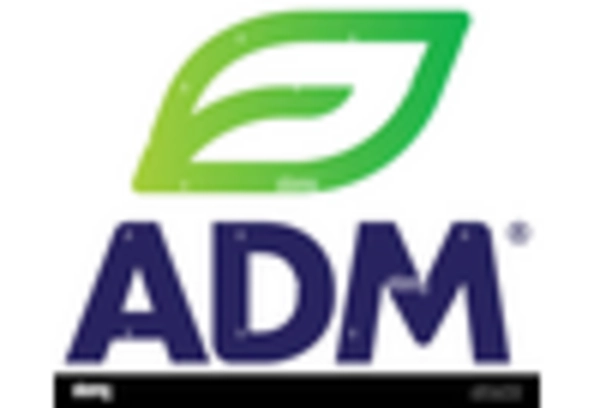


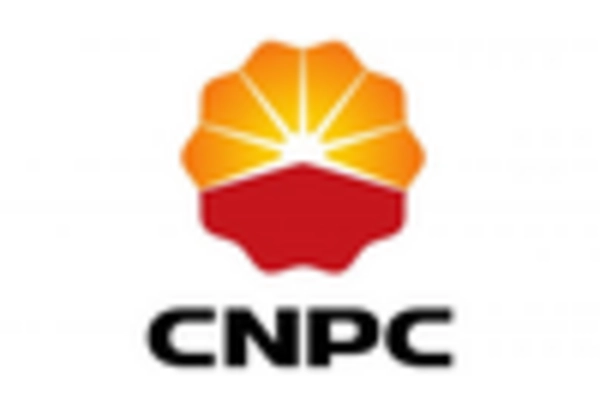
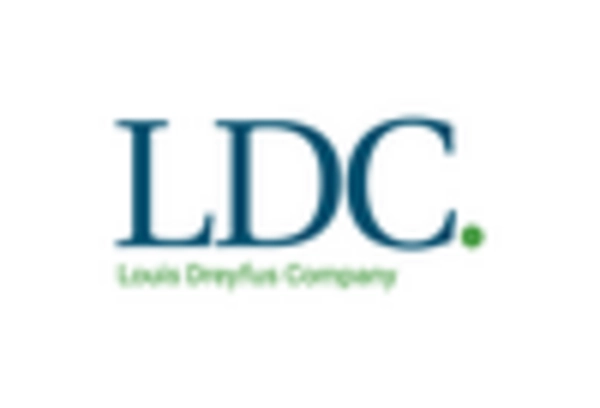
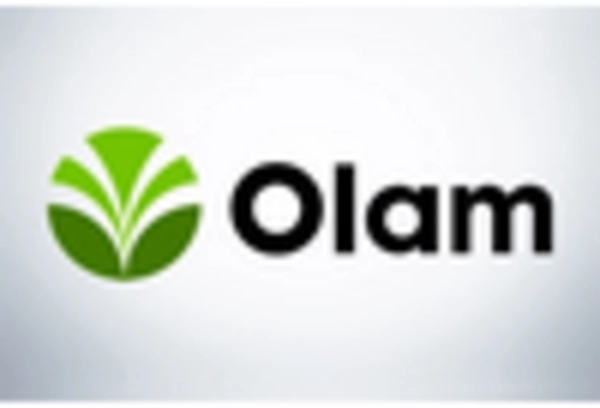








Leave a Comment